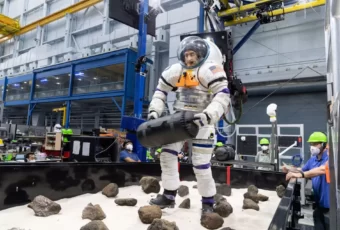First Search And Rescue Dogs
In the United States, bloodhounds were actually the first search and rescue dogs. They were used by police officials to help track and find criminals and or escaped prisoners.

First
Hours Upon Hours
On average, a search and rescue handler spends around 1,000 hours becoming field-ready. Crazy, but necessary!
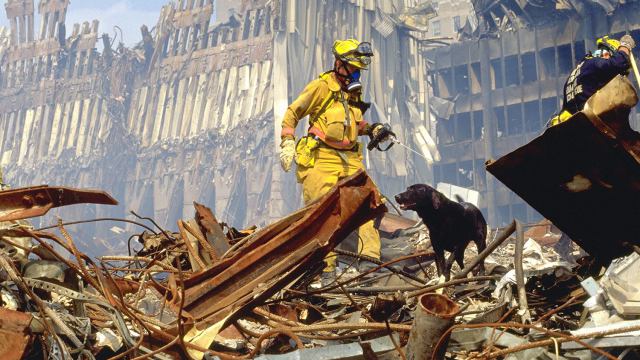
Hours Upon Hours
One Or The Other
SAR dogs can be classified loosely as one of the other, either an air-scenting dog or trailing dog. Air-scenting dogs tend to work off of a lead and use airborne human scent, while the trailing dogs are usually on a lead and use their nose to follow ground disturbances.
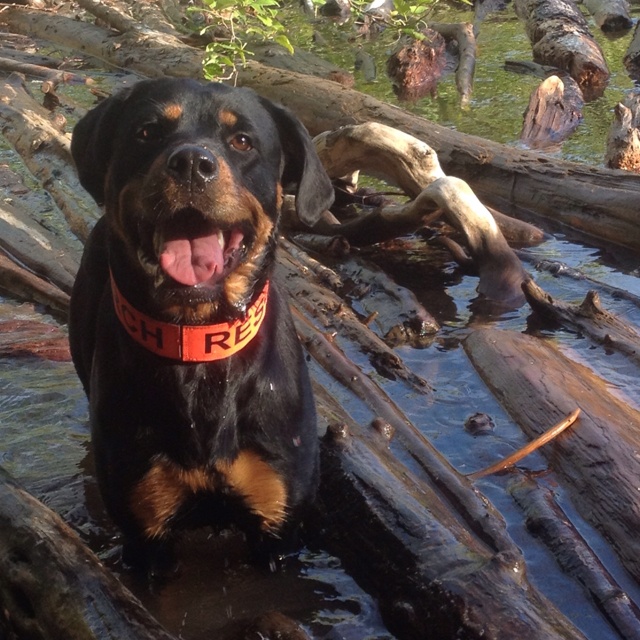
One Or The Other
Distance
It varies on atmospheric conditions, but a well-trained air-scenting dog can detect a scent source from a distance of about 1/4 mile (400 m) or even more.
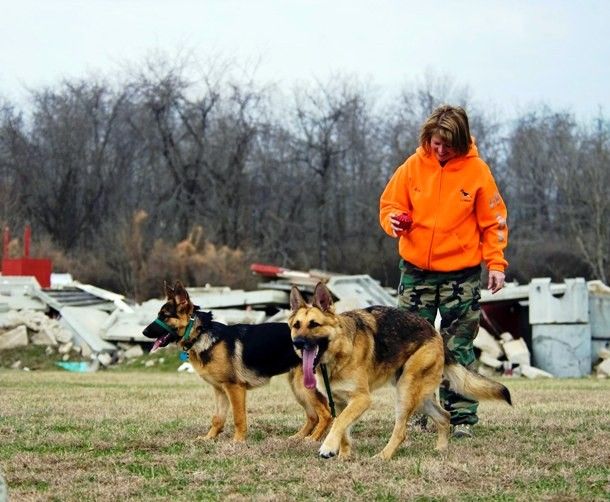
Distance
Prey Drive
A search and rescue dog is often recruited from an animal shelter and also by breeders. They are chosen mainly for a rather particular reason – they have an unusually strong “prey-drive,” which is their determination to find a hidden toy. Quite the test!

Prey Drive
Pups
Puppies chosen to be search and rescue dogs usually start training when they are just 8 to 10 weeks old.
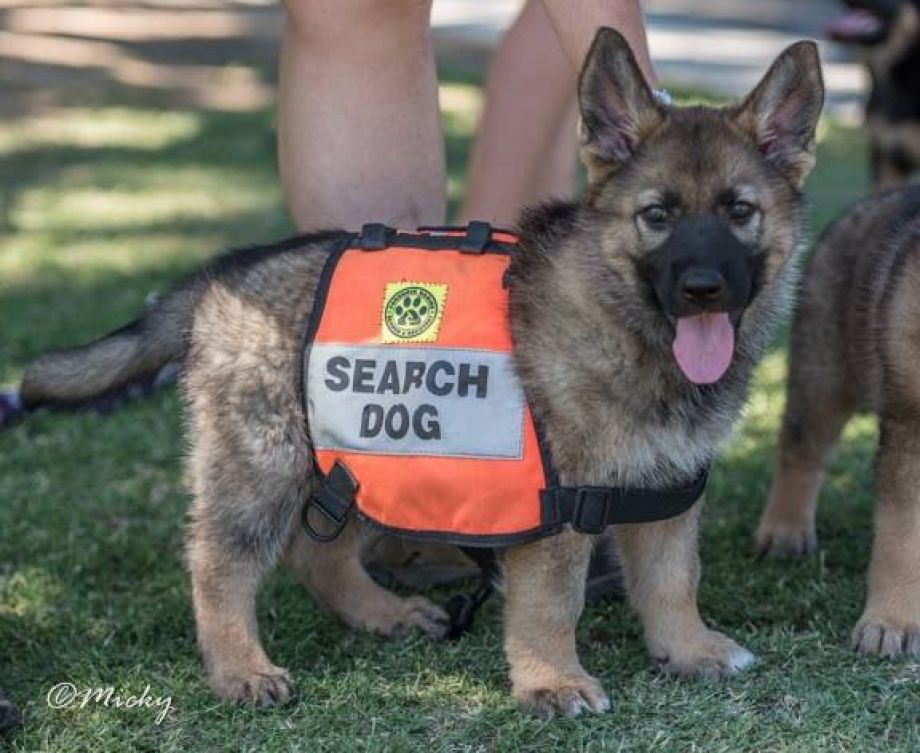
Pups
Retirement
Being a search and rescue dog can be a stressful experience for the animals, which is why they usually retire when they are 8-10 years old.

Retirement
September 11
During the September 11 attacks, around 300 loyal search and rescue dogs and their very brave owners searched the site for any survivors. But just ten years later, only a slim few of the search and rescue dogs are still alive today.
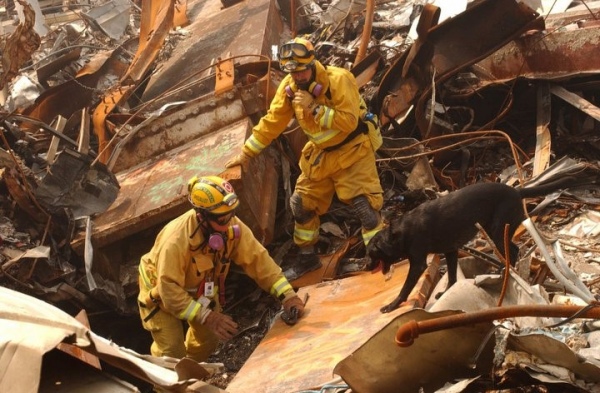
September 11
Sniff Sniff
Search and rescue dogs find people by detecting their scent, that’s quite obvious of course. But here’s the catch, the exact process of how is still unknown. This may include sniffing out evaporated perspiration, respiratory gases, or decomposition gases that are released by bacterial action on human skin or tissues.
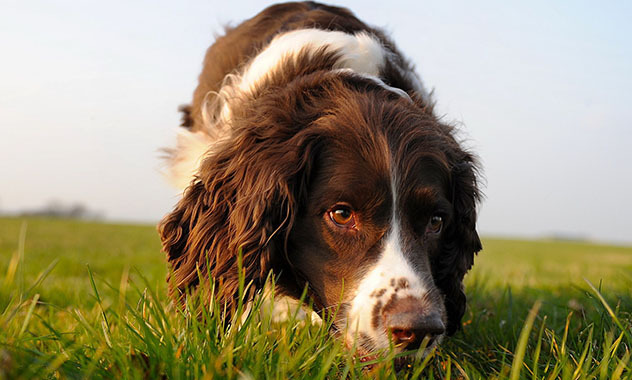
Sniff Sniff
Snow Doggies
Certain search and rescue dogs can be trained to specifically to find humans that are trapped underneath snow. The best avalanche dogs can actually smell people that are under 15 ft (4.6 m) of snow. Now that’s impressive! Usually avalanche dogs are often St. Bernards.
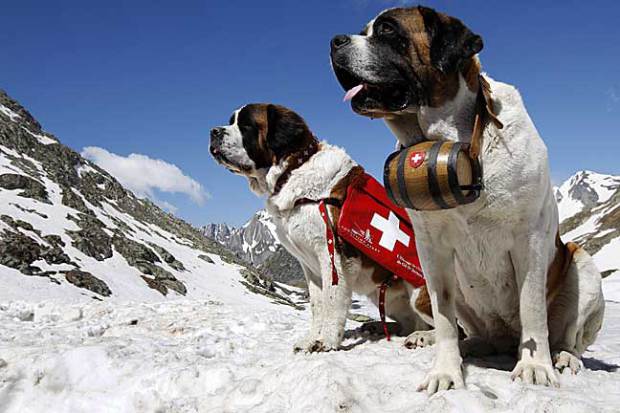
Snow Doggies
Standards
The only national standards for a search and rescue dog team are the FEMA-certification standards which are very, very difficult to meet. The certification process usually takes a whole year to complete, and as few as 15% of the candidates are able to achieve the certification.
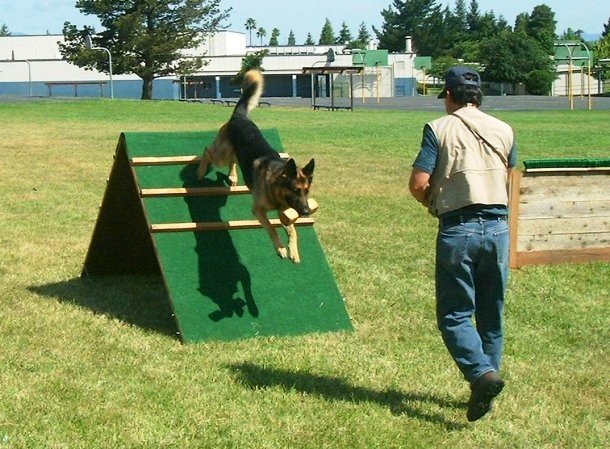
Standards
The Chosen Few
Typically hunting and herding breeds like Labrador Retrievers, Golden Retrievers, Belgian Malinois, German Shepherds, and Border Collies are chosen to be trained as search and rescue dogs.
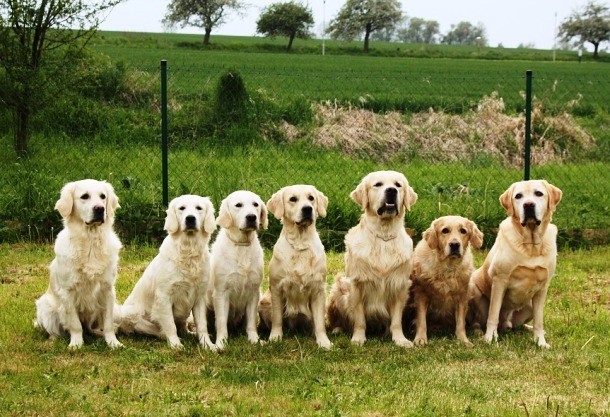
The Chosen Few
The Cost
The Search Dog Foundation estimates that it costs around $30,000 to train a search and rescue dog. Whoa, but it makes sense. These doggies have a very important job!

The Cost
The Seeker
Search and rescue dogs can perceive certain smells in a range that is equal to one part in ten quadrillion, which is roughly about 100 million times greater than man.
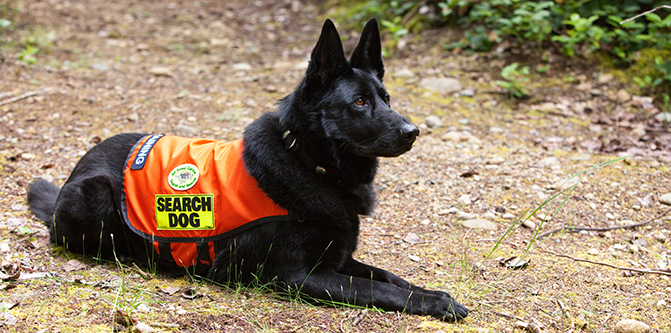
The Seeker
Vacation Ready
Search and rescue dogs often go with their handlers to work and also on vacation! So they can always be ready for an emergency.
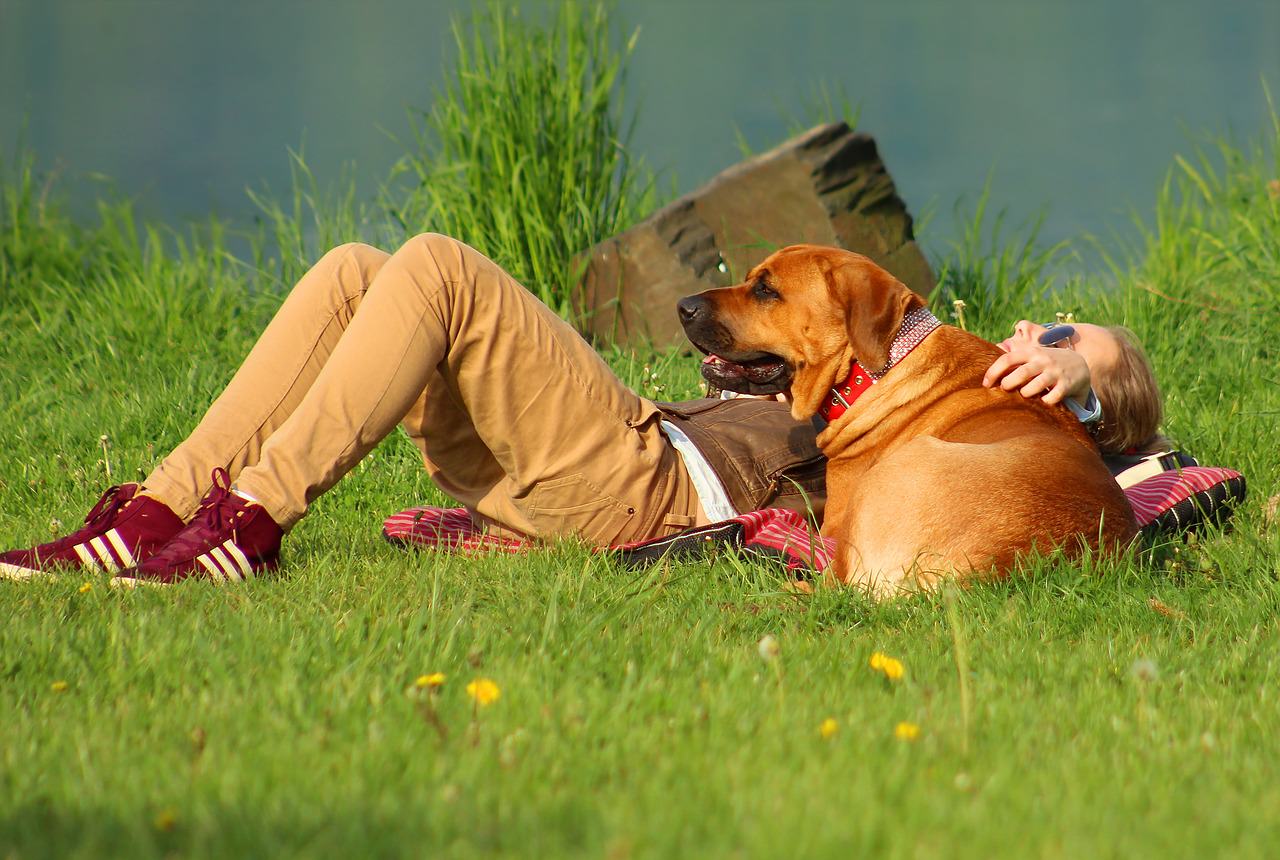
Vacation Ready
Versus
Experts have estimated that a single search and rescue dog can accomplish the work of 20 to 30 human searchers. BOOM.
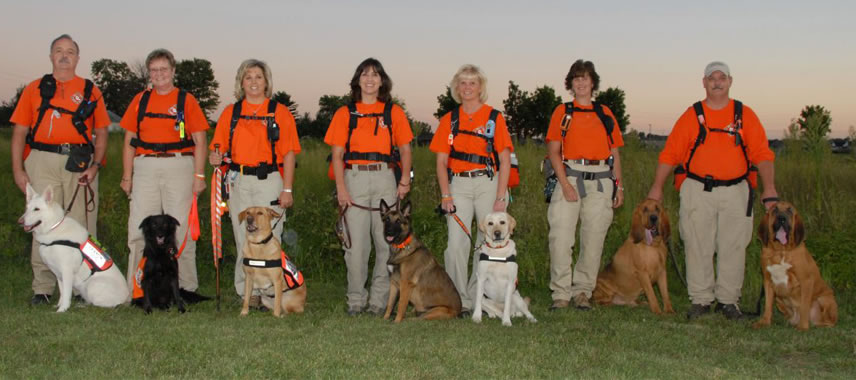
Versus
What’s Next?
When a dog is accepted into a search and rescue training program then later proves to be unsuitable for this specialized line of work, these dogs might then be trained for other careers like drug detection, companion dogs to Veterans suffering from PTSD, or they simply become beloved family pets. It is usually a win-win!
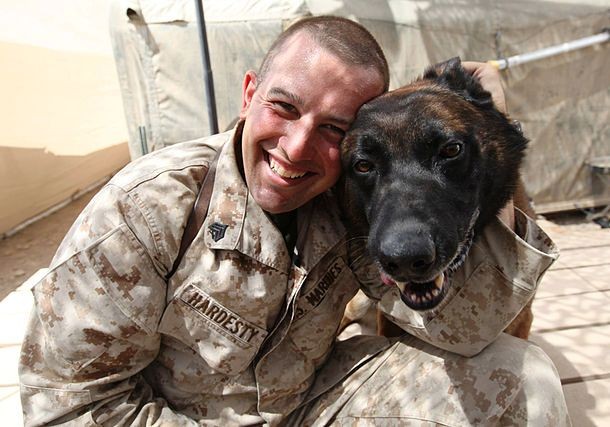
What’s Next?



